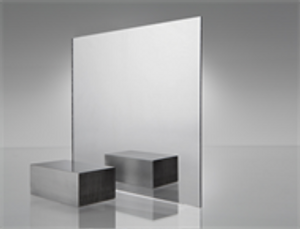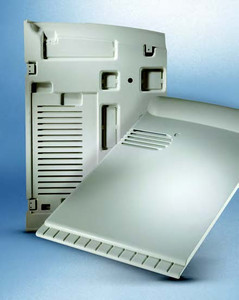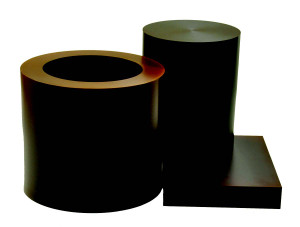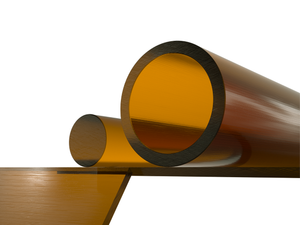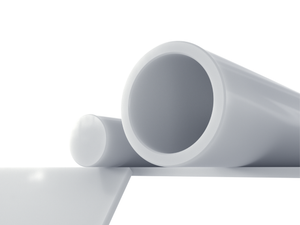Aerospace & Defense
Advanced Plastic Solutions for Aerospace Defense
The Aircraft Space industry is always striving to optimize performance while achieving weight savings to reduce fuel requirements and increase efficiency. Whether its interior applications where smoke, toxicity and flame retardancy are critical or it’s a structural component in a landing gear, propulsion or nacelle where extreme strength and vibration resistance is required in order to replace a metal Port Plastics has a solution for you. Our global supplier base insures that you have the most up to date and compliant products to meet your needs for Aircraft, Aerospace or Defense applications.
Benefits of Plastic Materials in Aerospace and Defense:
- Weight Reduction: Plastic materials offer significant weight savings compared to traditional metals, leading to enhanced fuel efficiency and increased payload capacity.
- Design Flexibility: Plastics can be molded into complex shapes, allowing engineers to optimize designs for improved performance and functionality.
- Corrosion Resistance: Many plastic materials exhibit excellent resistance to corrosion, minimizing maintenance and extending the lifespan of aerospace and defense equipment.
- Enhanced Safety: Plastic materials often provide better impact resistance and improved safety features, crucial in critical applications where protection is essential.
- Cost-Effectiveness: Plastic materials can offer cost advantages in terms of raw material costs, manufacturing processes, and ease of maintenance compared to metal alternatives.
Plastic materials have emerged as valuable alternatives in the aerospace and defense industries due to their unique features, diverse applications, and numerous benefits. From CFRPs to PEEK, nylon, polyimides, and polycarbonate, each material offers distinct advantages, contributing to improved performance, safety, and cost-effectiveness. As technology advances, the utilization of plastic materials in aerospace and defense is expected to grow, further pushing the boundaries of innovation and efficiency in these critical sectors.
MATERIALS
- Acetal (POM)
- Acrylic (PMMA)
- Acrylonitrile-Butadiene-Styrene (ABS)
- Fluorinated Ethylene Propylene (FEP)
- Perfluoroalkoxy (PFA)
- Polyamide (PA)
- Polyamide-Imide (PAI)
- Polyarylsulphone (PAS)
- Polycarbonate (PC)
- Polyetheretherketone (PEEK)
- Polyetherimide (PEI)
- Polyethylene (PE)
- Polyimide (PI)
- Polyphenylene Oxide (modified PPO)
- Polyphenylene Sulfide (PPS)
- Polytetrafluroethylene (PTFE)
- Polyvinyl Chloride (PVC)/Acrylic
- Thermoset Composites (phenolics)
ADVANTAGES MAY INCLUDE
- Lightweight
- Reduced maintenance
- Design flexibility (colors, textures)
- Thermoformability
- Corrosion resistant
- Chemical and impact resistant
- Good insulator
- Easily fabricated
- Broad range of being temperature resistant
- Flame, smoke and toxicity resistant
APPLICATIONS
- Interior walls and seat components
- Nacelle wear pads
- Landing gear components
- Interior brackets, slide rails
- Seals, gaskets, valve seats, bushings
FACTORS IN MATERIAL SELECTION
FOR INTERIOR AIRCRAFT APPLICATIONS:
- Flame, Smoke, Toxicity
- Low smoke density OSU 65/65
- Chemical resistance
- Mechanical strength
FACTORS IN MATERIAL SELECTION
FOR STRUCTURAL AND PROPULSION APPLICATION:
- Resistance to Fuel & Hydraulic Fuel
- High strength
- Vibration resistance
- High shock load


